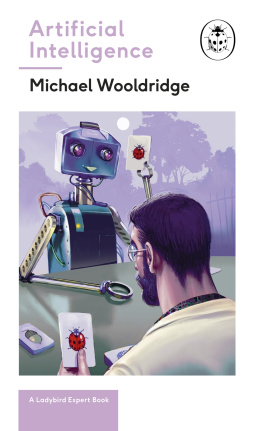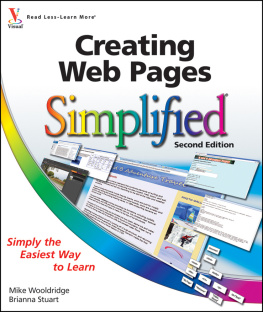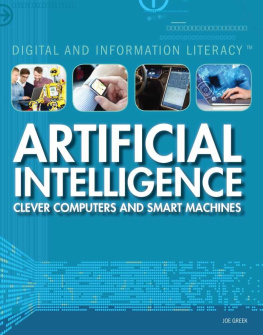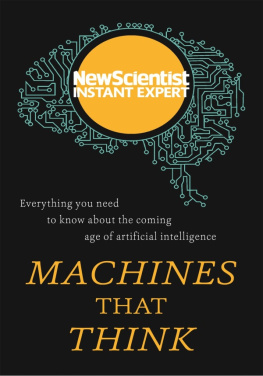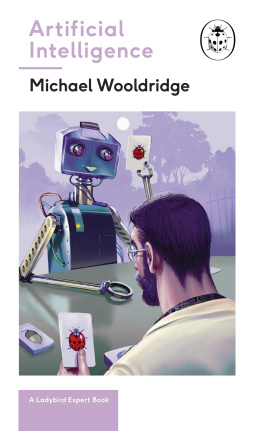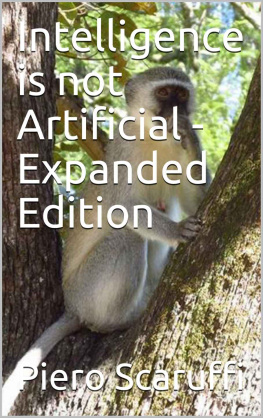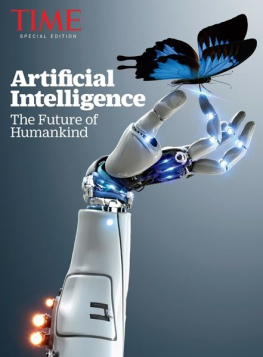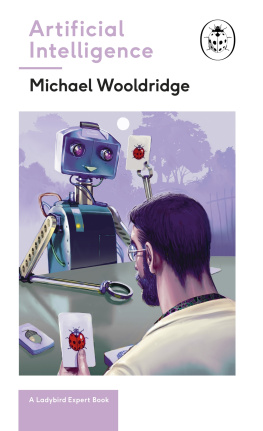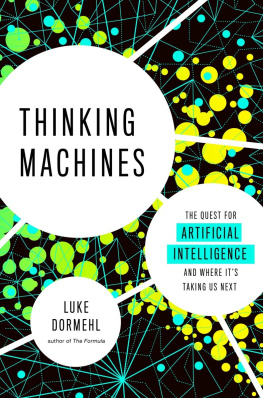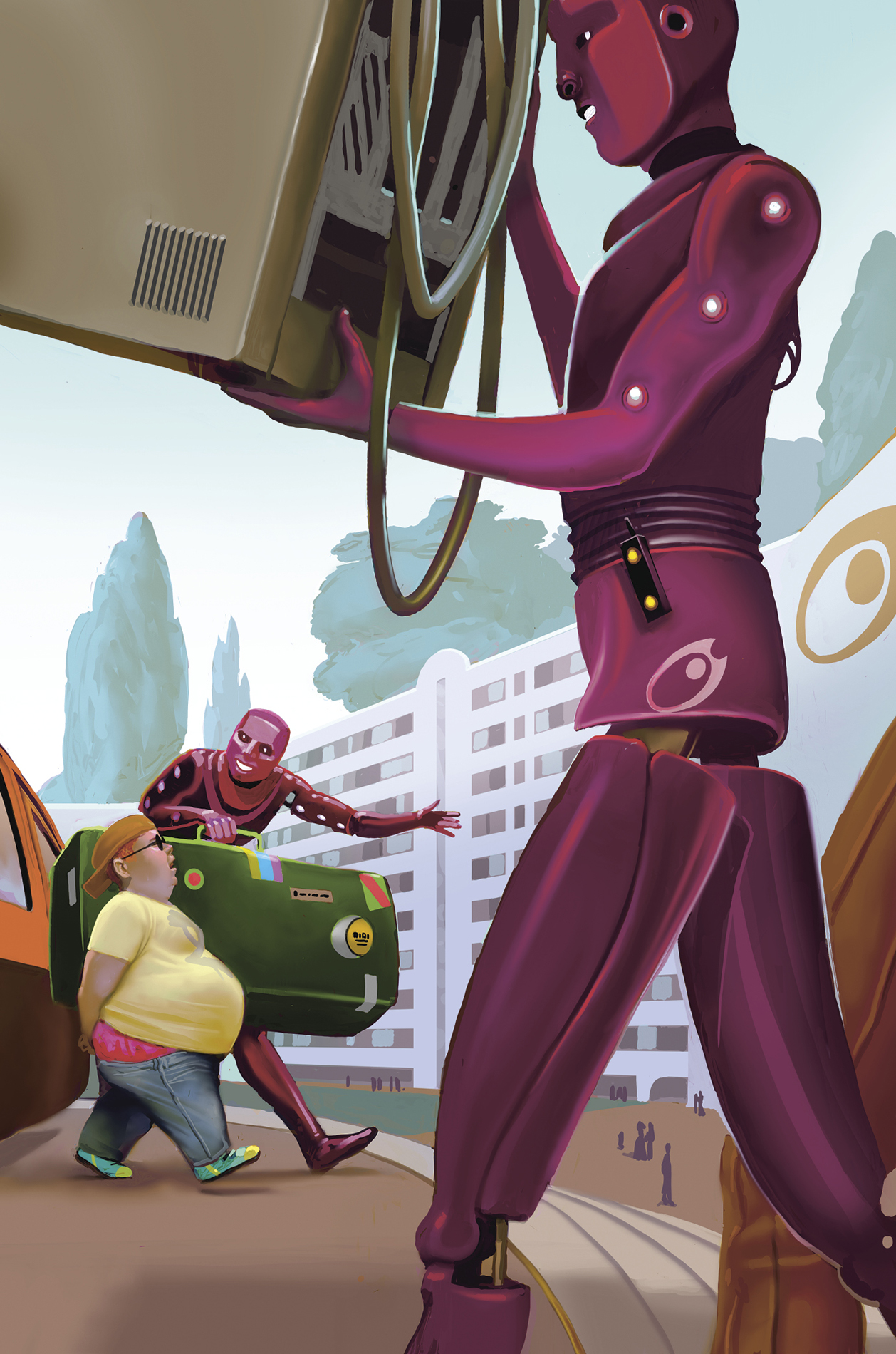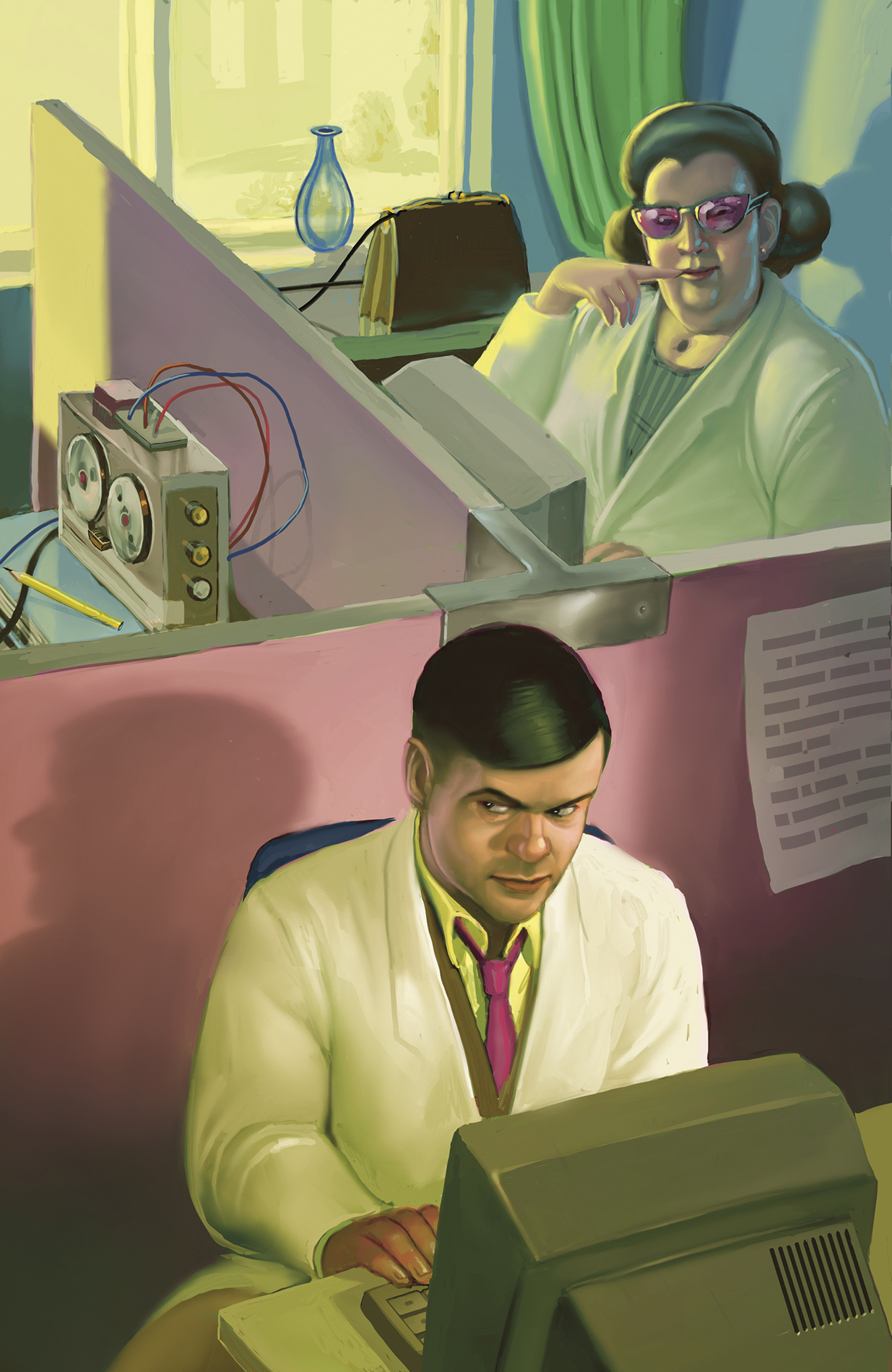Wooldridge - Artificial intelligence
Here you can read online Wooldridge - Artificial intelligence full text of the book (entire story) in english for free. Download pdf and epub, get meaning, cover and reviews about this ebook. City: London, year: 2018, publisher: Penguin Books; Ladybird Books Ltd, genre: Religion. Description of the work, (preface) as well as reviews are available. Best literature library LitArk.com created for fans of good reading and offers a wide selection of genres:
Romance novel
Science fiction
Adventure
Detective
Science
History
Home and family
Prose
Art
Politics
Computer
Non-fiction
Religion
Business
Children
Humor
Choose a favorite category and find really read worthwhile books. Enjoy immersion in the world of imagination, feel the emotions of the characters or learn something new for yourself, make an fascinating discovery.
- Book:Artificial intelligence
- Author:
- Publisher:Penguin Books; Ladybird Books Ltd
- Genre:
- Year:2018
- City:London
- Rating:4 / 5
- Favourites:Add to favourites
- Your mark:
Artificial intelligence: summary, description and annotation
We offer to read an annotation, description, summary or preface (depends on what the author of the book "Artificial intelligence" wrote himself). If you haven't found the necessary information about the book — write in the comments, we will try to find it.
I propose to consider the question, Can machines think? Alan Turing (1950)
Part of the ALL-NEW Ladybird Expert series.
This book is for everyone living in the age of Artificial Intelligence. And this is an accessible and authoritative introduction to one of the most important conversations of our time . . .
Written by computer scientist Michael Wooldridge, Artificial Intelligence chronicles the development of intelligent machines, from Turings dream of machines that think, to todays digital assistants like Siri and Alexa.
AI is not something that awaits us in the future. Inside youll learn how we have come to rely on embedded AI software and what a world of ubiquitous AI might look like.
Whats inside?
- The British mathematician Alan Turing
- Can machines understand?
- Logical and Behavioural AI
- The reality of AI today
- AI tomorrow
- And much more . . .
For an adult readership, the Ladybird Expert series is produced in the same iconic small hardback format pioneered by the original Ladybirds. Each beautifully illustrated book features the first new illustrations produced in the original Ladybird style for nearly forty years.
**
About the AuthorMichael Wooldridge is a Professor of Computer Science and Head of the Department of Computer Science at the University of Oxford, where he is a Fellow of Hertford College. He has been an AI researcher since 1989, and has published more than 350 scientific articles on the subject. He is a Fellow of the Association for Computing Machinery (ACM), the Association for the Advancement of AI (AAAI) and the European Association for AI (EurAI). From 2014 to 2016, he was President of the European Association for AI, and from 2015 to 2017 he was President of the International Joint Conference on AI (IJCAI). He lives in Oxford with his wife and two children.
Wooldridge: author's other books
Who wrote Artificial intelligence? Find out the surname, the name of the author of the book and a list of all author's works by series.

